Editors’ Picks





Found in Robotics White Papers & Archives, with a score of 64.47
…In this issue, we share insights from both the International Federation of Robotics and the Association for Advancing Automation. Their data provides some cause for optimism. At the same time, robots are only as good as the people working with them, the software controlling them, and the data that they yield for business decisions. This Special Focus Issue looks at retraining efforts, robots in metalworking, and the importance of precise motion control for emerging applications. Most robots aren’t plug and play, so you’ll need to assess tasks and processes before picking the right tools. Robotics Can Boost Business Recovery From…
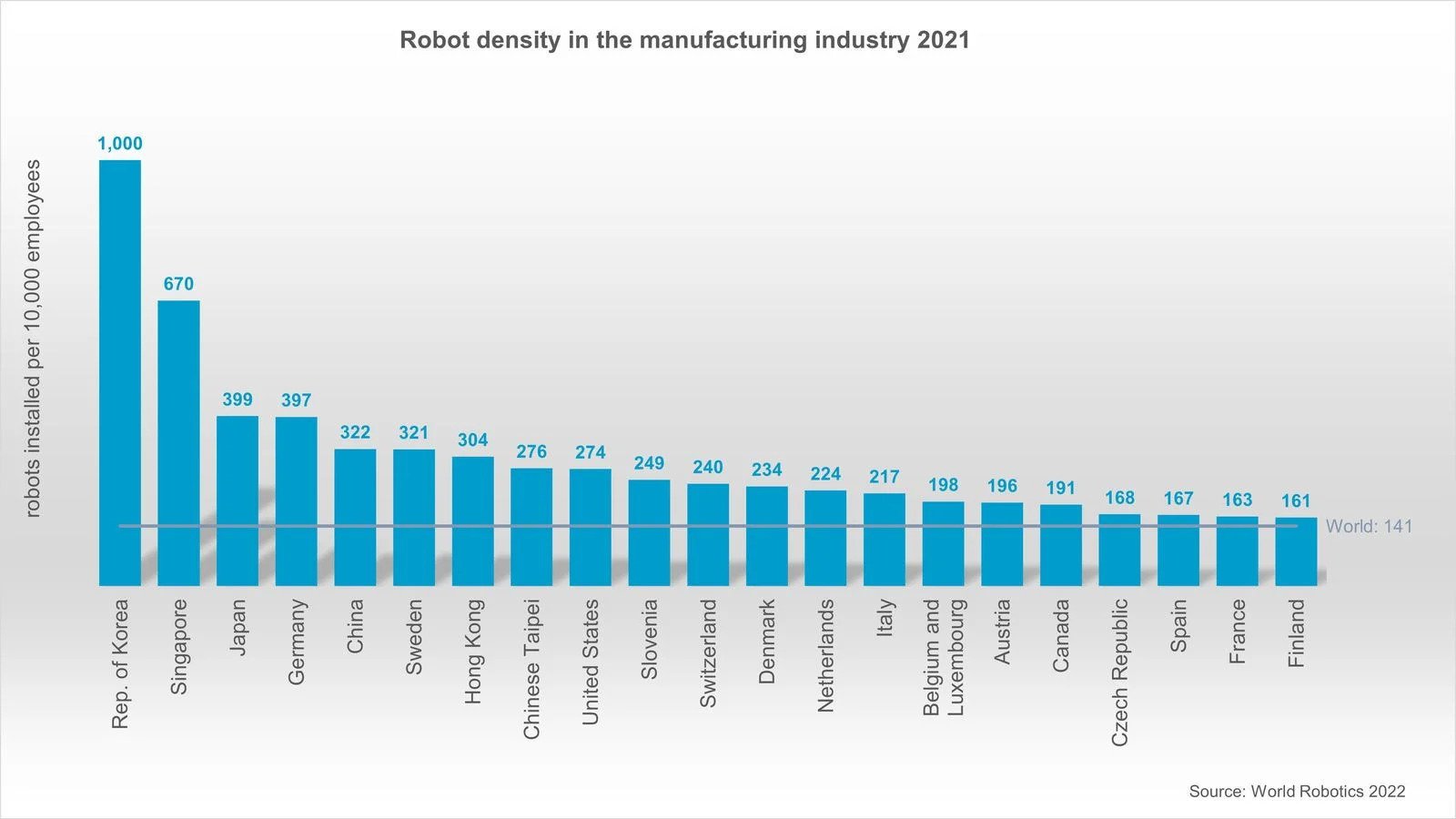
Found in Robotics News & Content, with a score of 55.70
…United States for the first time in terms of robot density, according to The International Federation of Robotics, or IFR. The number of operational industrial robots relative to the number of workers hit 322 units per 10,000 employees in the manufacturing industry, IFR said. Today, China ranks in fifth place. The world´s top 5 most automated countries in manufacturing in 2021 are South Korea, Singapore, Japan, Germany, and China. “Robot density is a key indicator of automation adoption in the manufacturing industry around the world,” said Marina Bill, president of the International Federation of Robotics. “The new average of global…
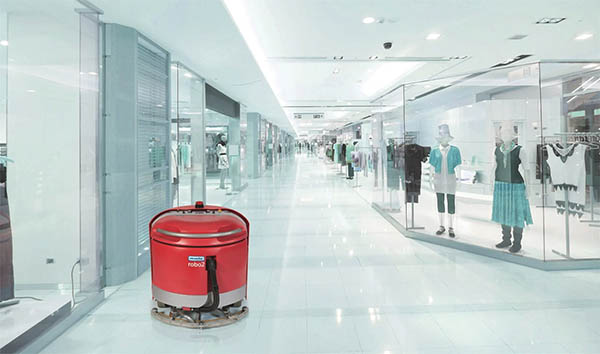
Found in Robotics News & Content, with a score of 54.22
The operational stock of industrial robots has increased by 13% on average for each year from 2015 to 2020, reaching a new record of about 3 million units worldwide, according to the International Federation of Robotics. The Frankfurt, Germany-based organization has analyzed the top five trends shaping robotics and automation globally. “Transformation for robotic automation is picking up speed across traditional and new industries,” stated Milton Guerry, president of the International Federation of Robotics (IFR). Founded in 1987, the IFR represents national robotics associations, research institutions, and robot manufacturers from more than 20 countries. The nonprofit compiles statistics including robot…
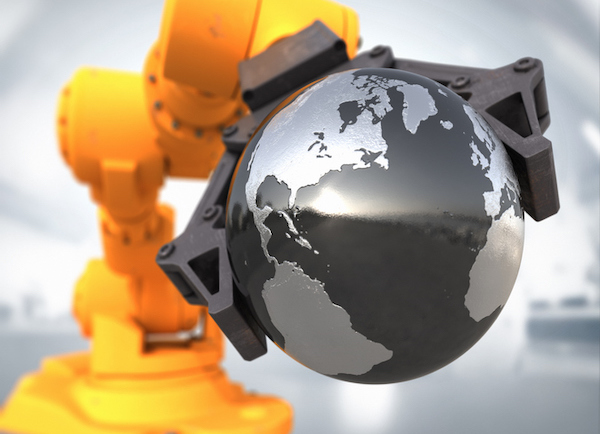
Found in Robotics News & Content, with a score of 52.76
…ongoing supply chain and workforce challenges, sales of industrial robots made a strong recovery in 2021, reported the International Federation of Robotics. A new record of 486,800 units were shipped globally—an increase of 27% compared with the previous year. The Americas increased by 27%, with 49,400 units sold. Asia and Australia saw the largest growth in demand: Installations were up 33%, reaching 354,500 units. Europe saw double digit growth of 15%, with 78,000 units installed, according to the International Federation of Robotics' (IFR) preliminary results for 2021. “Robot installations around the world recovered strongly and make 2021 the most successful…
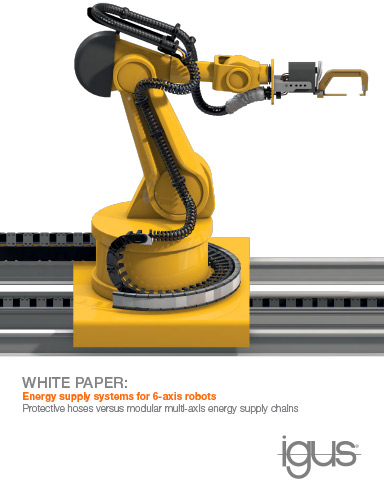
Found in Robotics White Papers & Archives, with a score of 51.33
…modular multi-axis energy supply chains The demand for industrial robots continues to increase rapidly. Having registered a record year with 517,000 units in 2021, the latest statistics from the International Federation of Robotics (IFR) for 2022 point to a further growth in sales by 10 percent. These high growth rates will continue in the near future. Even if the cyclical developments in the two main customer sectors, the automotive and electronics sectors, lead to fluctuations in demand, both industries display a strong trend towards making more investments in robotic systems and production automation. In addition, the orders for robotics rise…
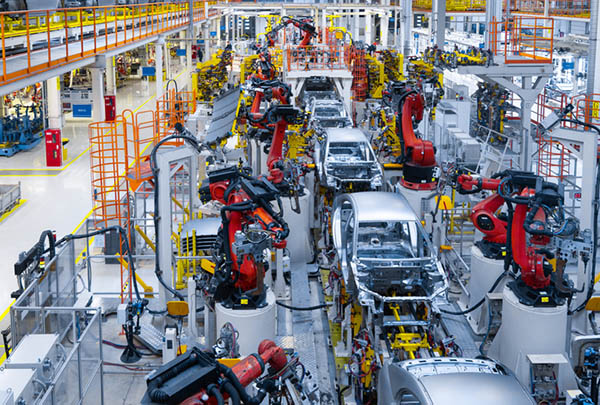
Found in Robotics News & Content, with a score of 51.00
The use of industrial robots in factories around the world has continued to accelerate, said the International Federation of Robotics today. The average robot density is now 126 robots per 10,000 employees in manufacturing – nearly double the number of 66 units in 2015, according to the “2021 World Robot Report.” By regions, the average robot density in Asia/Australia is 134 units, in Europe 123 units, and in the Americas 111 units. The top five most automated countries in the world are South Korea, Singapore, Japan, Germany, and Sweden, according to the International Federation of Robotics (IFR). “Robot density is…
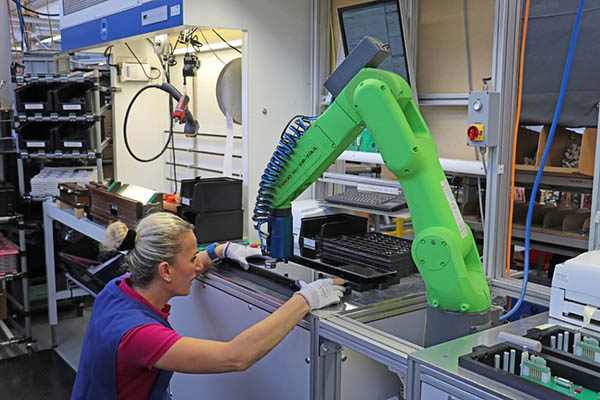
Found in Robotics News & Content, with a score of 50.05
Despite the COVID-19 pandemic, sales of industrial robots grew in 2020, reported the International Federation of Robotics today. The number of robots operating in factories worldwide increased by 10% to a total of 3 million, according to the World Robotics 2021 Industrial Robots report. Sales grew a mere 0.5% last year, with 383,500 units shipped globally. The growth in China offset the contractions of other markets, said the IFR. The past year was the third most successful year in history for the robotics industry, following 2018 and 2017. Annual turnover of robots was more than $50 billion last year, including…
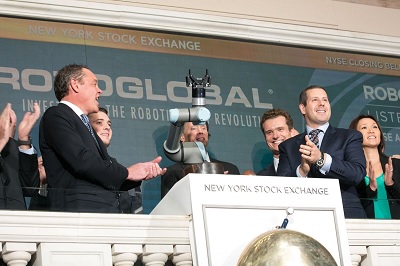
Found in Robotics News & Content, with a score of 48.81
Universal Robots’ UR5e rang the closing bell on October 17, 2018, at the New York Stock Exchange (NYSE) robot arm. The bell ringer, a collaborative robot (cobot) with a two-fingered gripper from Robotiq, is able to work alongside people with no safety guarding. According to the International Federation of Robotics (IFR), cobots are now the fastest growing segment of industrial automation, expected to jump ten-fold to 34% of all industrial robot sales by 2025. Universal Robots (UR) pioneered the market by selling the first commercially viable cobot in 2008 and now has a 60% global share of the cobot market.…
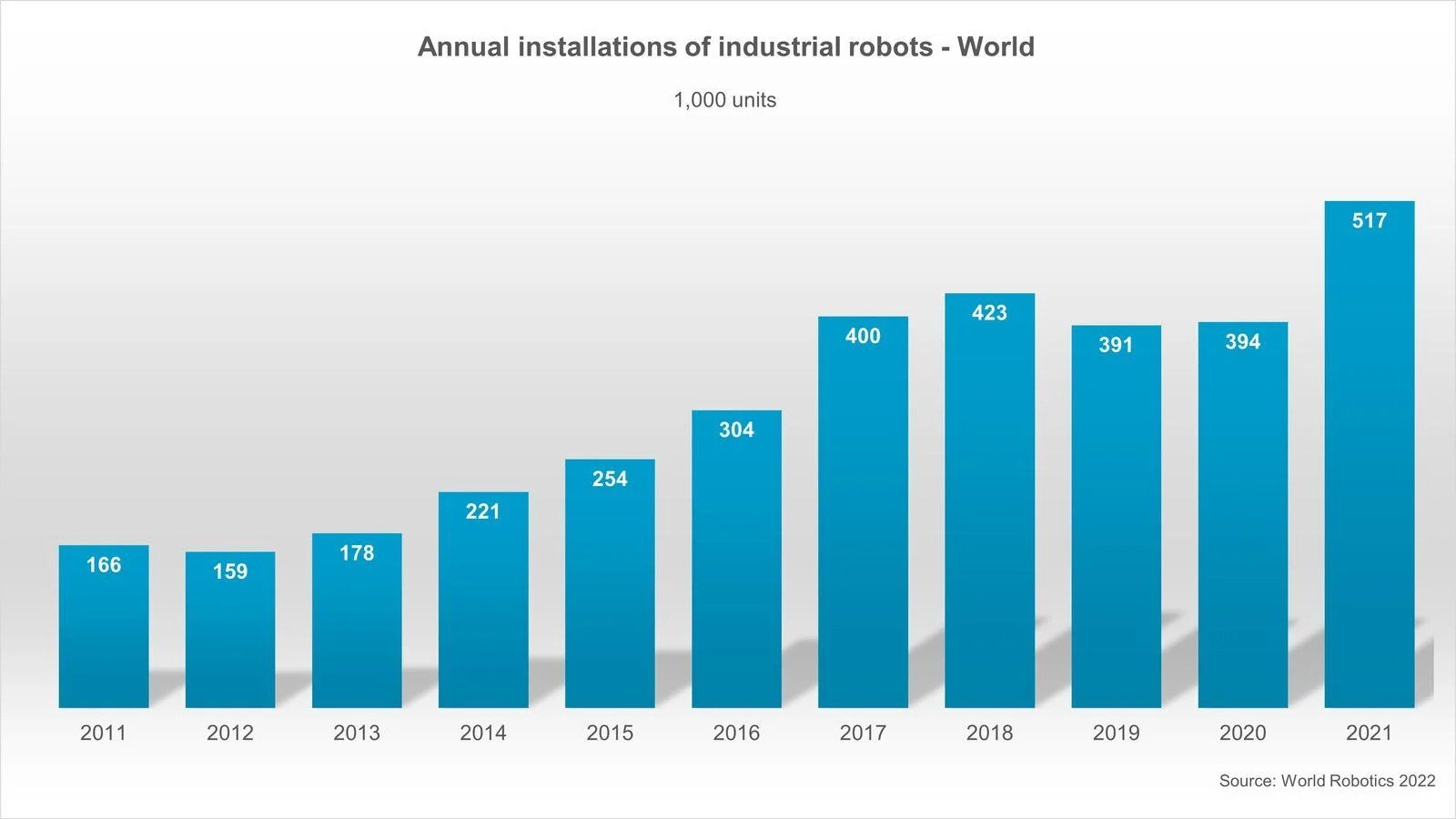
Found in Robotics News & Content, with a score of 48.14
The International Federation of Robotics’ World Robotics Report found that an all-time high of 517,385 new industrial robots were installed in 2021 in factories around the world. This represents a growth rate of 31% year-over-year and exceeds the pre-pandemic record of robot installations in 2018 by 22%. Today, the stock of operational robots around the globe hits a new record of about 3.5 million units. “The use of robotics and automation is growing at a breathtaking speed,” said Marina Bill, president of the International Federation of Robotics (IFR). “Within six years, annual robot installations more than doubled. According to our…
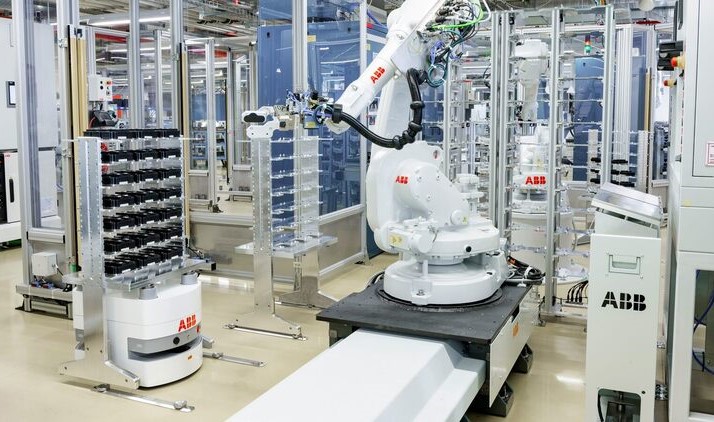
Found in Robotics News & Content, with a score of 47.51
…robotic mobility is also booming worldwide, according to the International Federation of Robotics. In its new research paper, “A Mobile Revolution,” the IFR predicts that unit sales of autonomous mobile robots, or AMRs, in the logistics sector will increase by 31% annually between 2020 and 2023. The Frankfurt, Germany-based IFR was established as a nonprofit organization in 1987. It promotes research, development, usage, and global cooperation across the field of robotics and business and government. The IFR's more than 70 members come from the robotics industry, national and international associations, and R&D institutes from more than 20 countries. “We aim…
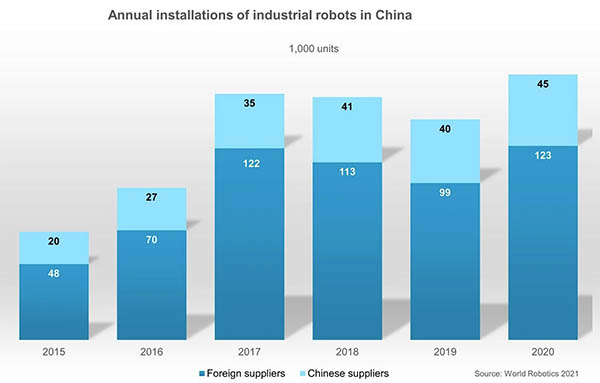
Found in Robotics News & Content, with a score of 47.49
…the biggest innovator and producer of robotics, reported the International Federation of Robotics today. “China is by far the biggest robot market in the world regarding annual sales and the operational stock,” said Milton Guerry, president of the International Federation of Robotics (IFR). “IFR's robot density statistic is a useful indicator of China's dynamic developments, counting the number of industrial robots per 10,000 employees. China´s robot density in the manufacturing industry currently ranks ninth globally (246 units), compared to 25th (49 units) just five years ago.” China's latest five-year plan for the robotics industry, released by the Beijing-based Ministry of…

Found in Robotics News & Content, with a score of 46.39
…An estimated 2,900 athletes are participating, according to the International Olympic Committee. The event will take place within a “closed-loop” bubble system to help minimize the spread of COVID-19 and to ensure athletes and attendees don’t leave the event’s confines and enter the city. The Main Media Centre of the venue is decked out with service robots performing a variety of tasks, from disinfecting surfaces and taking temperatures to preparing and serving up meals and alcoholic drinks. The goal is to reduce human-to-human contact. An estimated 60,000 people are expected to attend. In one area, a robot may drop down…



